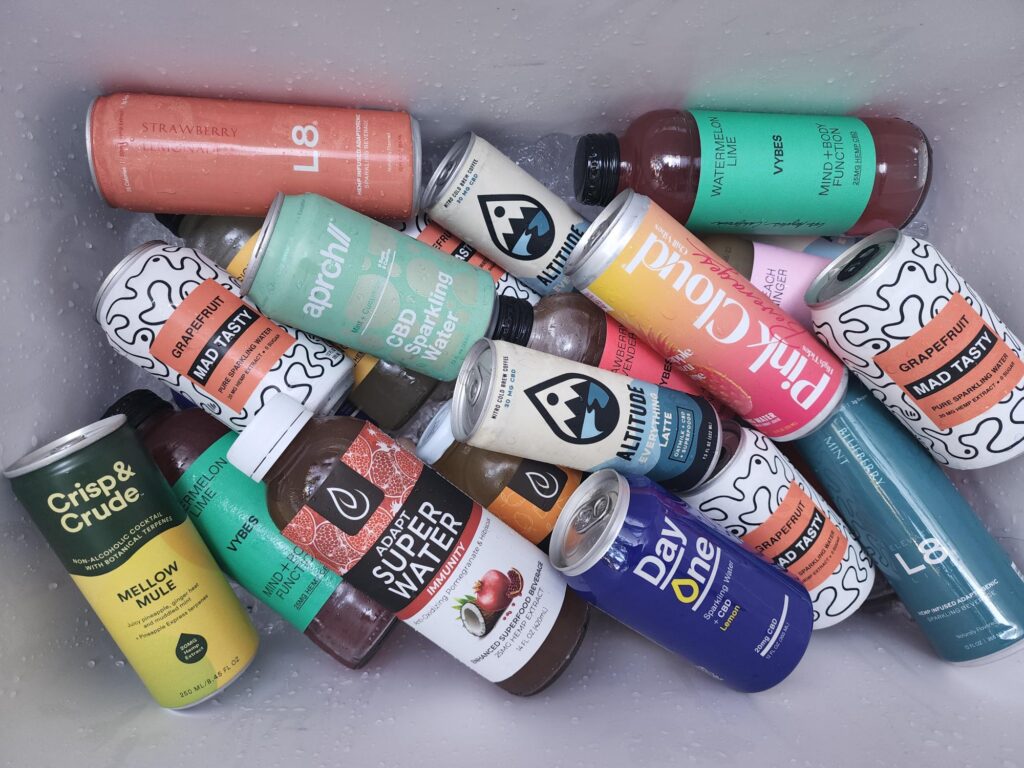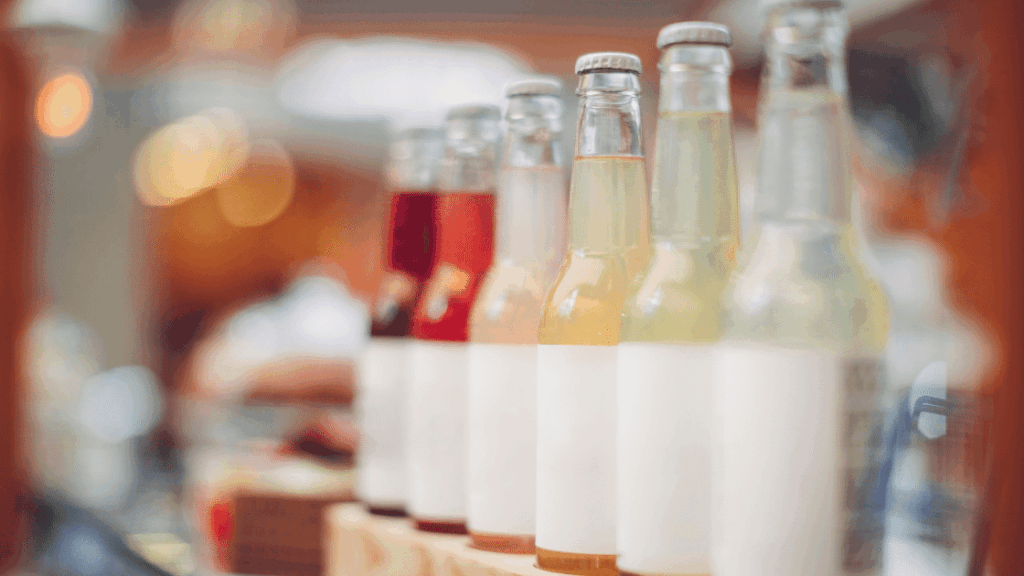SōRSE News & Blog
Home > News/Blog
More results...

5 Common Mistakes Made When Entering Into the Cannabis Market
Know the common pitfalls before entering the cannabis market
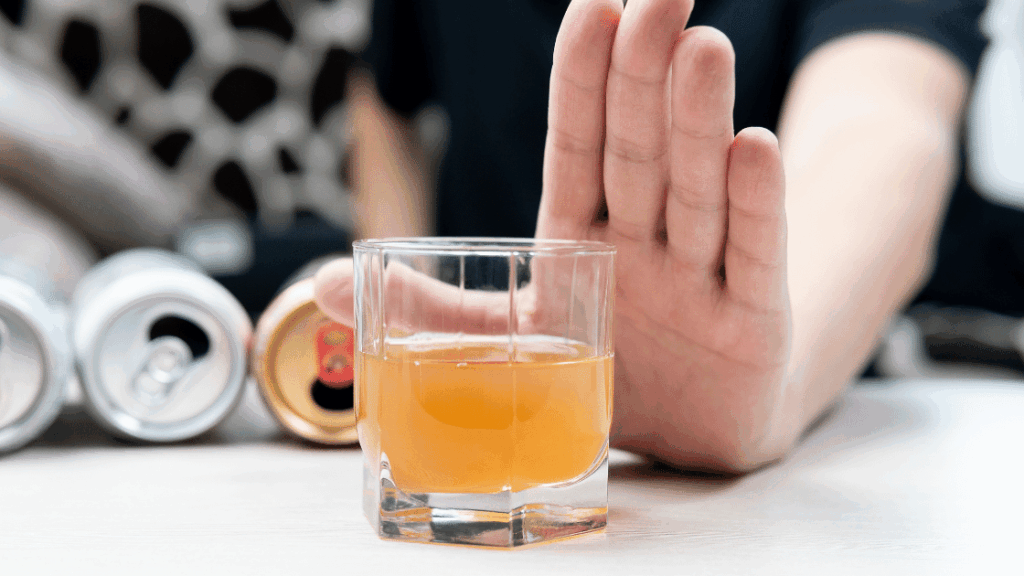
Infused Beverages: The Perfect Alcohol Alternative for Dry January and Beyond
Dry January isn’t easy. We’re helping by sharing our fav alcohol alternative infused beverages.
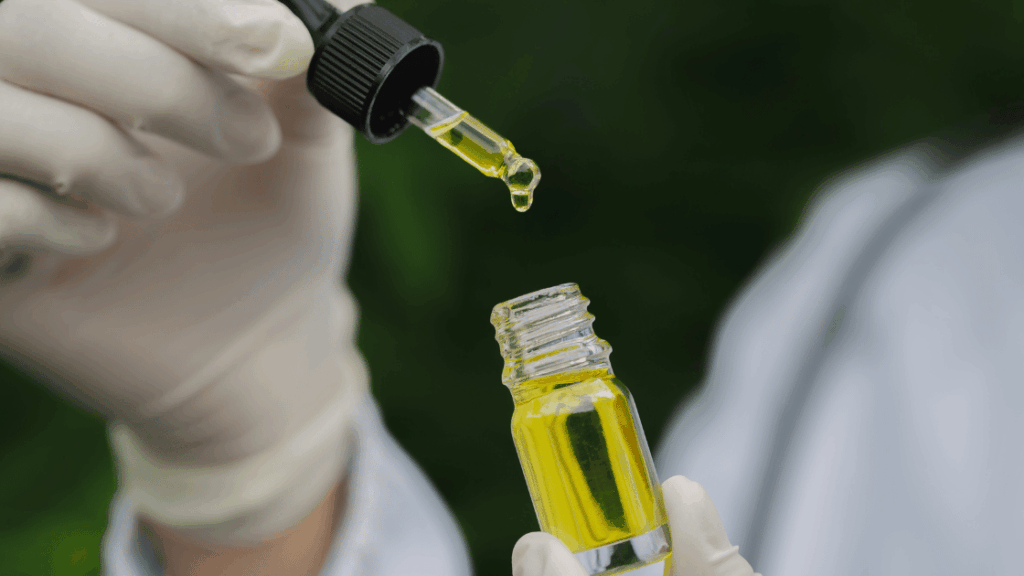
The Importance of High GMP Standards in the Cannabis Industry
See why GMP is important for cannabis companies
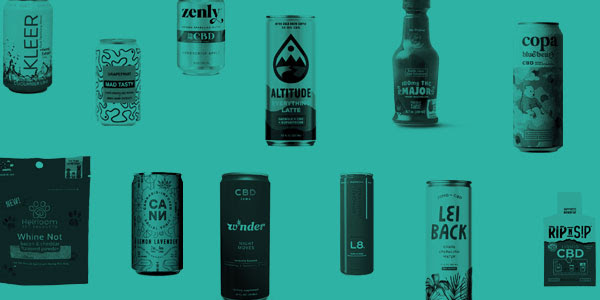
Powered by SōRSE Holiday Gift Guide to Cannabis Infused Products
SōRSE’s Holiday Gift Guide for cannabis drinks will help you gift the perfect beverage, CBD or THC, to the cannabis connoisseur in your life.
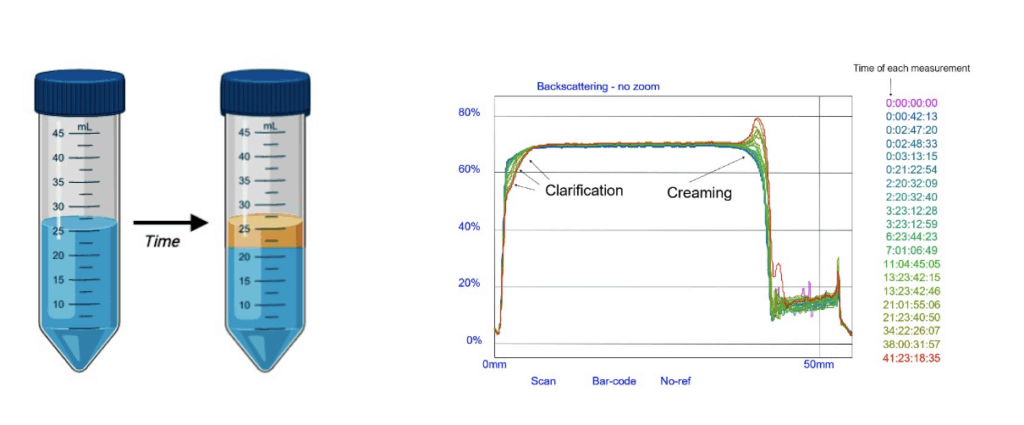
Understanding Homogeneity, Stability, Emulsion Failure, and Failure Mitigation in Water-Soluble Emulsions
Learn more about stability in emulsion tech!
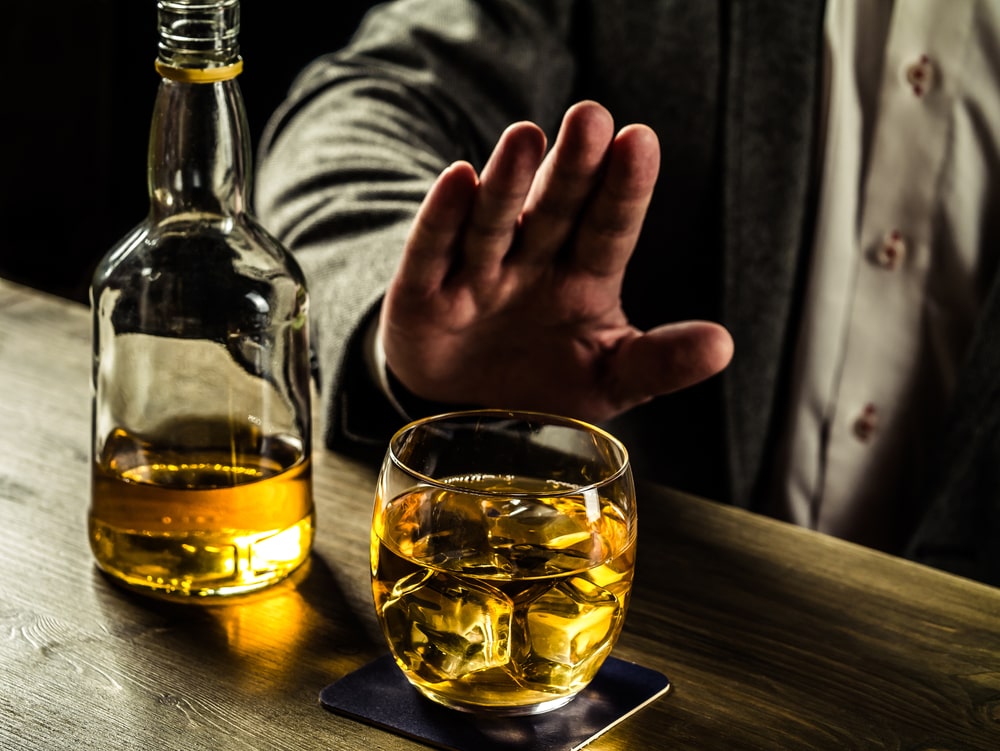
Infused Beverages: The Perfect Alcohol Alternative for Sober October
Our Sober October best infused beverage alternatives list along with helpful tips!
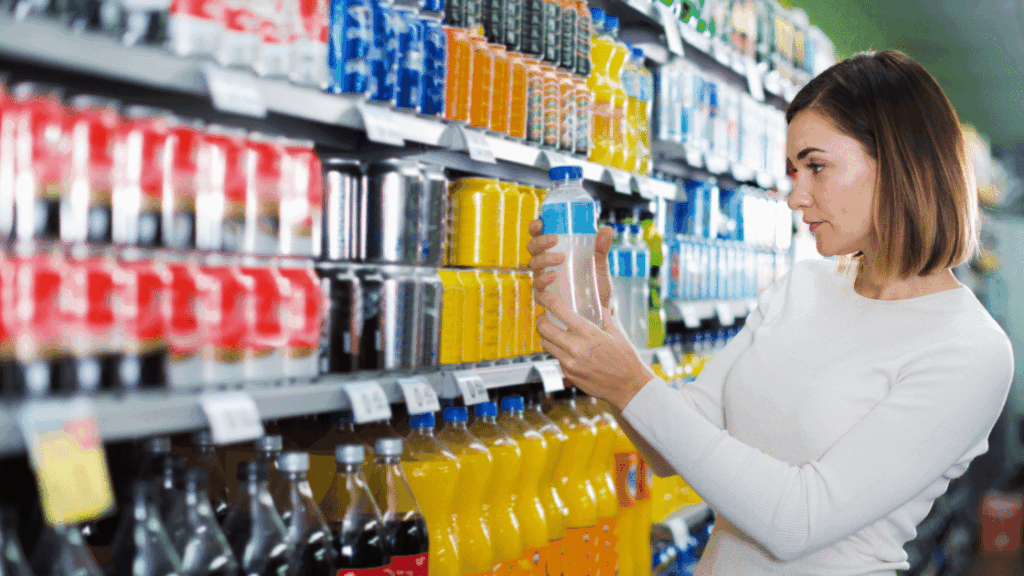
Know Your Audience: 4 Steps for Identifying & Connecting With Your CBD or THC Beverage’s Target Consumer
Learn how to identify your infused beverages target audience

5 Ways Cannabis Consumption Lounges are Making Infused Beverages More Popular
Read about how cannabis consumption lounges are helping boost infused beverages








